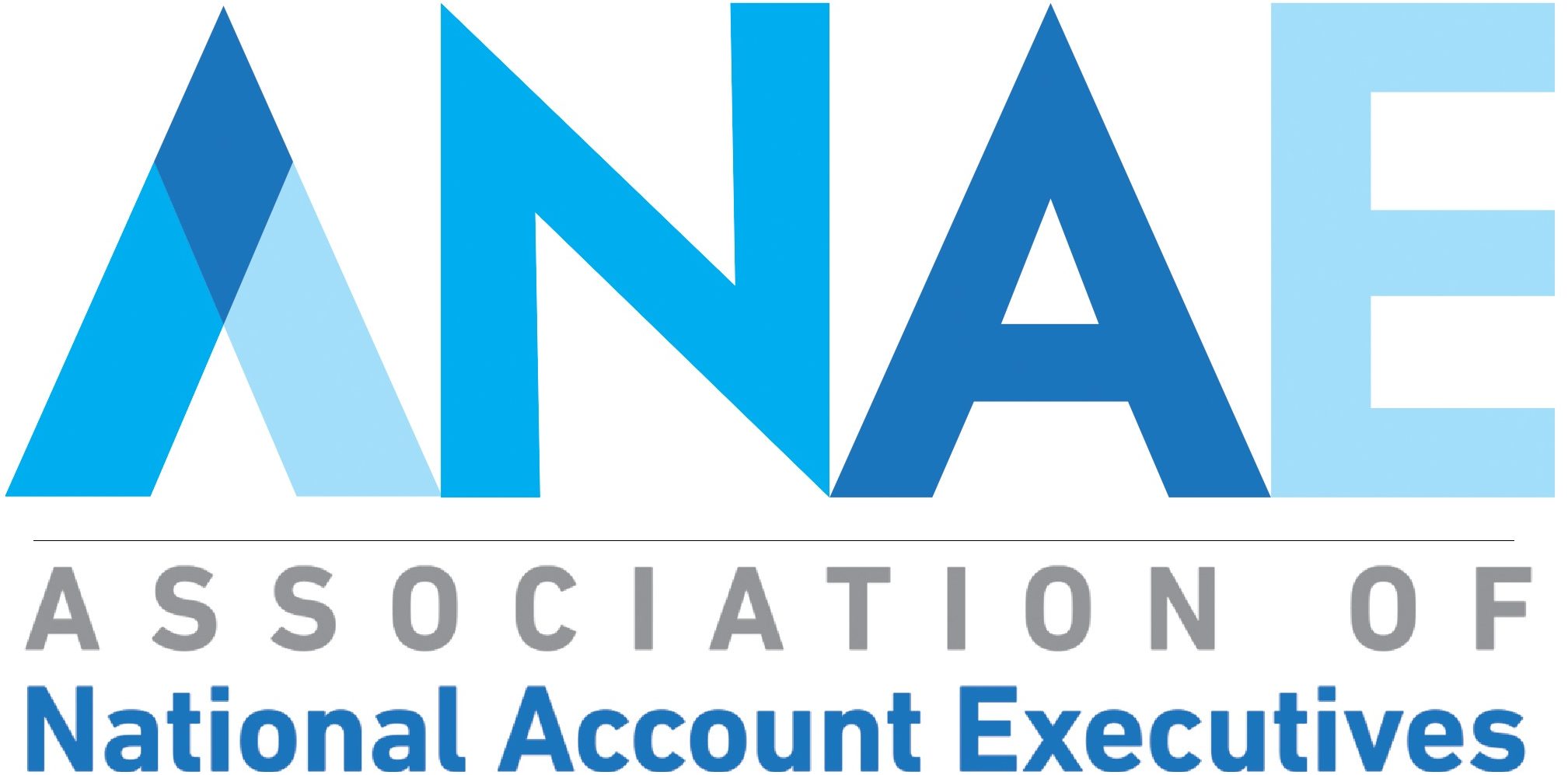- 8 Tactics for Negotiation with GPOs (Group Purchasing Organizations) - July 13, 2021
- Why I am not responding to your email - September 23, 2020
- FAH Conference 2020: Key Takeaways - March 4, 2020
If your company is like so many in today’s healthcare supply chain landscape, you are seeing a drove of data coming your way. These days, many companies are absolutely fixated on Big Data and believe all the answers they need are in the actual data they already have. Wouldn’t it be great to open your laptop and query a list of the accounts in the US that you need in order to make this quarter or this year a huge success? That is exactly what Big Data promises you!
I remember seeing a McKinsey report a few years ago claiming that if the healthcare industry deploys Big Data correctly in the next few years, we could pick up savings to the tune of $300b per year! Yes $300b as in billion! I have the healthcare supply chain estimation of what hospitals and IDNs spend on equipment, supplies, and services valued at somewhere around $300-$350b, yet the belief is if we use Big Data correctly we can hammer out almost that same amount in US Healthcare expenditures.
Deploying Big Data to reduce healthcare expenditures is certainly not my business and frankly I don’t have a clue where I’d start – but I know a few ways to help Corporate and National Account Executives that will ensure all of the great data coming from your company’s HQ is usable so you can achieve your goals!
Remember it as the D-A-T-A principle.
D – Disseminate your sales expectations company-wide. It is the third week of 2014; at the very least, do all the hospital- and IDN-touching people in your organization know your expectations for these customers? I keynote dozens of national sales meetings every year and I frequently find organizations whose employees aren’t on the same page regarding what the previous year’s results with a Hospital, IDN, or GPO were, let alone what the expectations are for this year!
A – Attribute your customers correctly. If you do not have the correct attributes attached to your customers and prospects, you cannot achieve even the most elementary segmentation strategy. Do you know if your customer is leased, managed, or owned by its parent IDN? Is it for-profit or non-for profit? Is it a shareholder of its GPO? Again, if you don’t have those imperative attributes, you cannot segment!
T – Timely! Your data better be Timely or it is useless. When was the last time you updated your customer master file with something as simple as GPO affiliations – let alone how many beds each hospital has? How about if they are part of an ACO? I would bet that for most reading this, the last time their data was cleansed “ACO” was not even in their lexicon.
A – Aggregate, aggregate, aggregate (correctly) – your customers are. Now more than ever, hospitals and IDNs are leveraging aggregation for pricing and concessions – this is not news to you. Think of some of the most progressive supply chain leaders you know – they may be shareholders of GPOs, have their own GPO, direct contract as well as be in a Regional Purchasing Coalition. They are seeing returns on these aggregation opportunities. If you understand these, you can certainly put together a great aggregation strategy for success with your customer base. The days of off-the-shelf programs are gone, my friend – just look at how much of your GPO volume is on “local tiers.”
If you are able to use this D-A-T-A principle to help your company connect the dots between Big Data and the way you know the market is changing, you will help drive Big Results!
I’d love to chat further about how we help suppliers gain market share every day, through best-in-class Information, Communication and Education. Best of luck in 2014!
